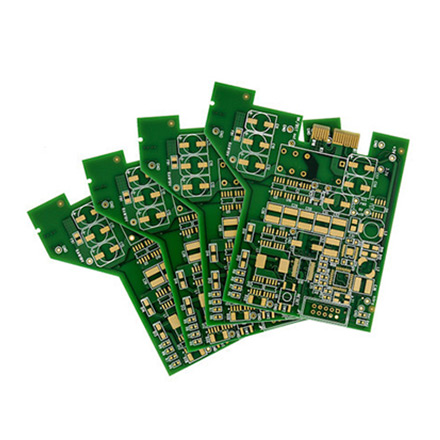

Understanding Low-E Glass Types A Comprehensive Overview
Low-emissivity (Low-E) glass is a revolutionary material in the construction and design industry, especially recognized for its energy-efficient properties. The primary feature of Low-E glass is its ability to reduce the amount of ultraviolet (UV) and infrared light that can enter a building without compromising the amount of visible light that comes through. This glass type plays a significant role in enhancing energy efficiency, making it crucial for both residential and commercial applications.
Types of Low-E Glass
There are two main types of Low-E glass hard coat and soft coat
.1. Hard Coat Low-E Glass Often referred to as pyrolitic glass, hard coat Low-E glass has a thin layer of metal oxide applied during the glass manufacturing process while it is still in a molten state. This type of coating is durable and can withstand harsher environmental conditions. Hard coat glass has a higher Solar Heat Gain Coefficient (SHGC), making it suitable for colder climates as it allows more heat to enter the building while reflecting heat back into the interior.
2. Soft Coat Low-E Glass In contrast, soft coat Low-E glass, also known as sputtered glass, has a more delicate coating that is applied after the glass has been made. This coating is typically composed of multiple layers of silver and other metal oxides. Soft coat Low-E glass is more effective at reflecting infrared radiation and has superior thermal performance compared to hard coat glass. However, it is less durable and should be used in insulated glazing units (IGUs) to protect the coating from scratches and environmental damage.

Benefits of Low-E Glass
The benefits of Low-E glass extend beyond just energy savings. It contributes to improved indoor comfort by minimizing temperature fluctuations and helps in protecting furnishings from UV damage. Additionally, Low-E glass can help reduce glare from sunlight, creating a more pleasant indoor environment.
Using Low-E glass can also significantly reduce heating and cooling costs. According to studies, buildings fitted with Low-E glass can save up to 30% to 50% in energy costs compared to those with standard glass. Moreover, the environmental impact is lowered as less energy consumption translates into reduced greenhouse gas emissions.
Conclusion
In conclusion, Low-E glass types, including hard coat and soft coat, are essential materials in modern architecture and construction. With their unique properties that enhance energy efficiency and comfort, they represent a smart investment for any building project. By understanding the differences between these types and their benefits, homeowners and builders can make informed decisions that not only contribute to energy savings but also promote a sustainable future. As the demand for energy-efficient solutions continues to rise, Low-E glass stands out as a leading choice in the quest for greener buildings.